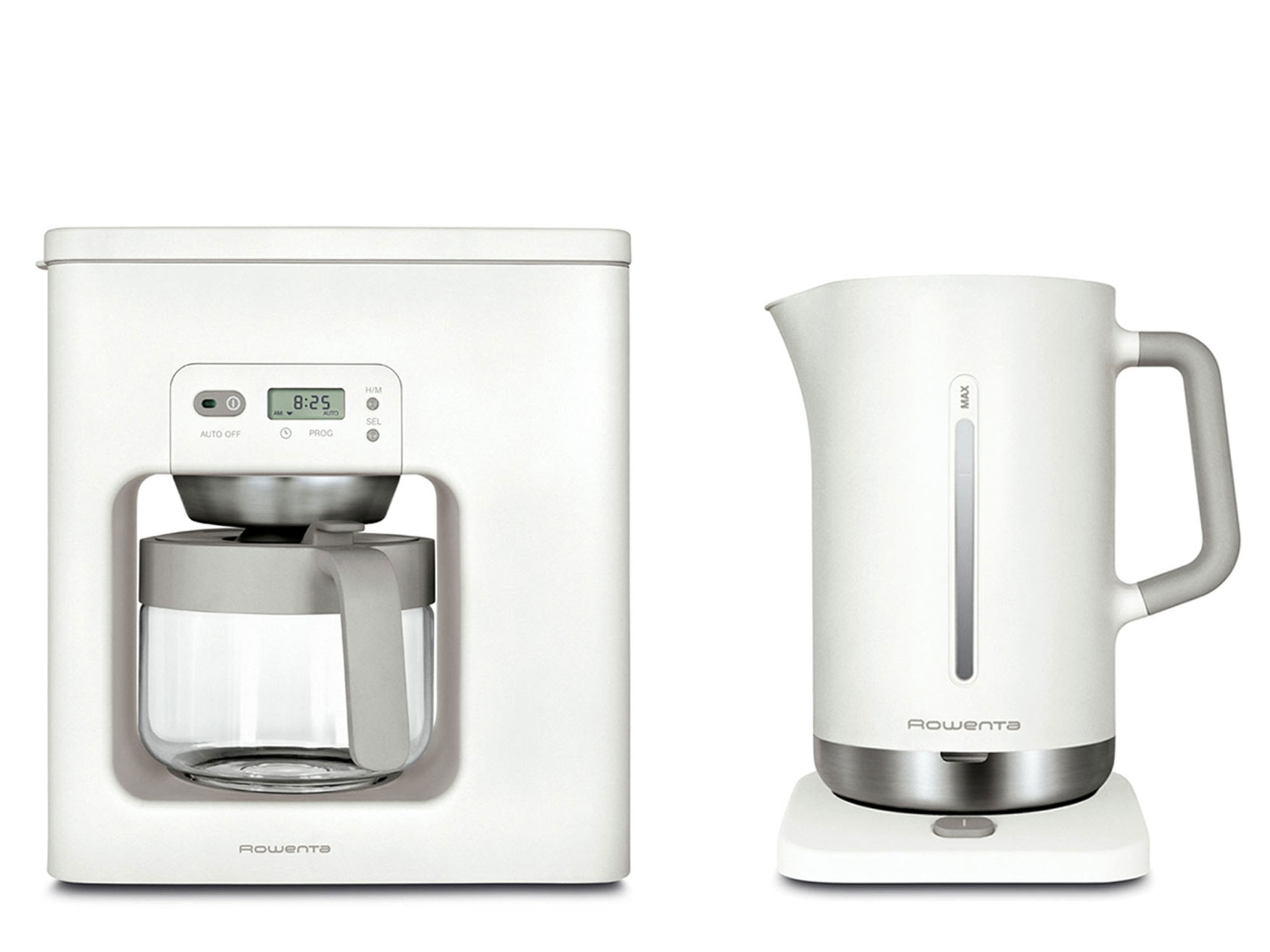In October 2001 I had a visit from Jacques Alexandre and Manfred Hubert asking me to design a set of kitchen appliances. The purpose of the project was to take Rowenta to a higher level in terms of product quality and brand position. Over the years the image of Rowenta had been run down by a strategy of aiming lower to boost volume and increase sales. It was a tall order; I didn’t have much experience of appliance design and Rowenta’s marketing and engineering departments were not prepared for the change of direction. New proposals met with strong resistance. Frederic Beuvry arrived as Design Director and the process eased up a bit. John Tree left Sony and came to join me on the project, working on nothing else for three years. Many battles were fought with marketing people defending the old method of doing what the competition had already done, a strangely outdated system which results in everything looking equally bad, probably something to do with the investment required and a lack of confidence in the product. At some point a colour expert was called in and a system proposed to unify the Rowenta product range. We chose another approach with an emphasis on materials and finishes (which Rowenta later adopted for a cheaper line, designed by Marc Berthier).
Enormous effort went into the development of the products. Eric Prince redesigned the logo and later on the packaging, with beautiful photos by Christoph Kicherer. Endless meetings in all corners of France at the various factories involved, constant listing of outstanding production quality issues, designs for the launch stand at the Maison & Objet fair in Paris, attending press launches and interviews. Everything was set for the products to take the high-end market and then disaster struck. The products all developed malfunctions. The kettles didn’t turn off and leaked, the toaster’s electronics didn’t work and the coffee maker dripped coffee onto the lid of the jug instead of into it. I found this out fairly quickly because we received weekly e-mail reports from angry customers claiming we’d ruined their kitchens. A shop assistant emailed to warn us that things were not as they should be; shopkeepers let me know that they were either not able to order any or that they had decided to stop selling them due to customer returns. In the end it was all for nothing, except some nice images of designs which might have done their job, revealing the complexity of the industry and the reality that design and good intentions alone are not enough.
Extract from Everything but the Walls by Jasper Morrison (Lars Müller Publishers, 2006)
